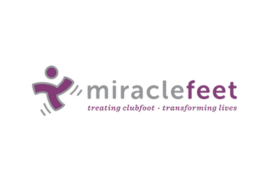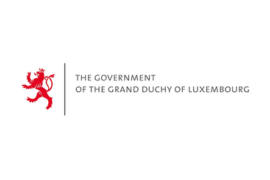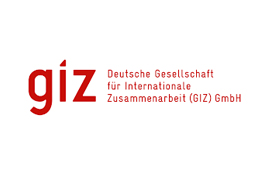HI Sri Lanka is currently implementing 3 projects: rehabilitation for children who has clubfoot; resilience to climate change and disaster risk reduction; and technical assistance to UNDP in testing model disability assessment. HI Sri Lanka is working for other sectorial projects including economic inclusion, inclusion technical assistance and inclusive education project for 2025.
The organization implemented its first project in Sri Lanka in 1992, focusing on training rehabilitation professionals in Colombo and Jaffna. In 2003, in partnership with UNDP, HI developed a quality standard procedure for mine clearance. In 2004, a program for mine survivors in eastern Sri Lanka was established. On 26 December 2004, the tsunami hit Sri Lanka, killing 35,000 people and leaving more than 250,000 homeless. HI's new project focused on survivors in the districts of Batticaloa, Ampara, Trincomalee and Hambantota.
With the end of the war in Sri Lanka, HI also shifted its activities to the Northern Province to provide post-conflict assistance. Faced with the forced displacement of 300,000 people from Kilinochchi and Mullaitivu to army-run camps in Vavuniya, HI began responding to the needs of IDPs through a physical rehabilitation project. HI undertook further projects to integrate rehabilitation services into the public health system.
From 2011, HI broadened the scope of its interventions to include livelihoods, inclusive sports, inclusive disaster risk management, and support to rehabilitation professionals and community-based rehabilitation actors.
Following the election of the coalition government in 2015 and the renewed political will to address structural inequalities and national reconciliation, which was widely supported by the international community, HI shifted its interventions to address reconciliation issues, including transitional justice and reducing inequalities through inclusive economic development programs.
At the same time, HI began to respond to small and medium scale natural disasters (floods and droughts) through early recovery programming. Rehabilitation activities resumed in 2017 on a very small scale, focusing only on clubfoot treatment, thanks to the interest of Miracle Feet.














